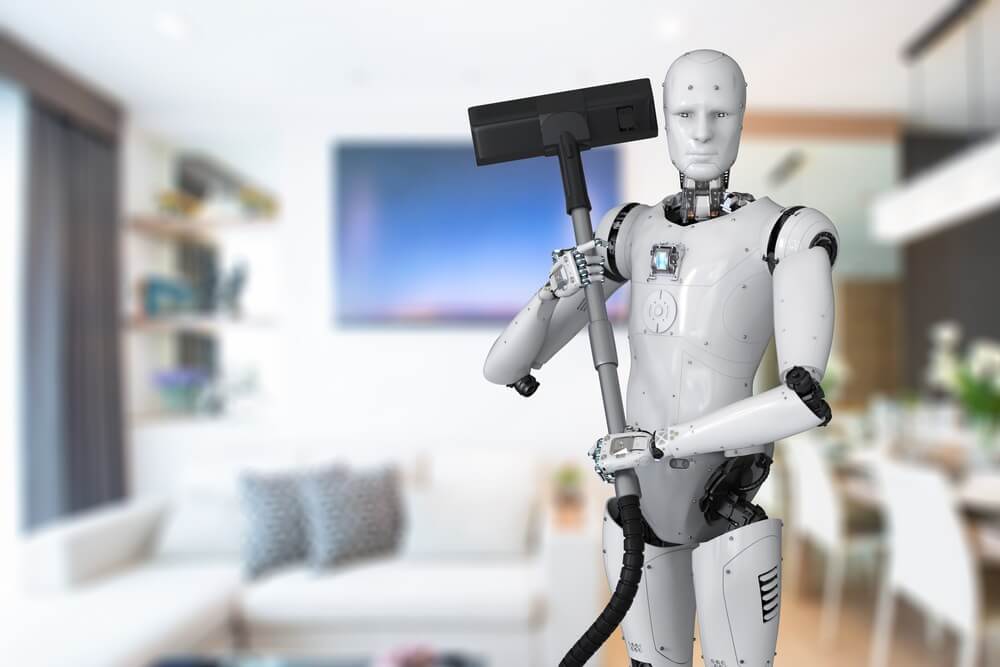During my last two years of high school, I don’t think I got through a single day where I didn’t hear about how bad the economy was. And that was before I really followed the markets.
That wasn’t exactly comforting to someone who was about to take out a six-figure loan for a college education.
As soon as things started to recover, a new idea began to dominate: the “robot revolution.”
As technologies like artificial intelligence and machine learning started to spread, robots would be taking as many as half of the jobs in the United States, leading to another economic crash. That wasn’t exactly comforting to someone who was about to enter the job market.
Today, we’re seeing record numbers of robots being shipped all over the world. In 2017, about 450,000 new robots were installed worldwide. And by 2021, it’s estimated that over 4 million robots will be in the global workforce.
They’re “working” in dozens of industries: everything from automotive to health care, and even in things like ordering stations at fast-food restaurants.
However, the job market is arguably the best it’s ever been.
Jobs Just Keep Going Up
Two weeks ago, we had the lowest number of jobless claims since 1969. And unemployment on every scale is now lower than it was before the financial crisis.
We’ve also seen jobs in the most popular robot-employing areas continue to climb. In the past year, manufacturing, construction and transportation/warehousing added over 1 million jobs.
Industrial robots, which are the ones that work in factories, have always been the main cause of concern. And even though there have been over 2.2 million of these shipped out since 2009, jobs just keep going up.
So, how is this happening?
Robots Add Efficiency
First, robots are being used to do jobs that people don’t want. And when you’re in a situation like today, where there’s been more job openings than people looking for jobs, workers get to be pickier.
As a result, there’s a labor shortage. This has been troublesome for industries like retail, which peaked in early 2017.
To balance this shortage, we’re seeing much more automation in retail. For example, Walmart is adding thousands of robots to its workforce to do things like scrub floors and unload, sort and scan inventory.
This, of course, adds efficiency to its business, as robots can work longer hours at a consistent pace than people can. Meanwhile, it opens the door for employees to move up and work in more mentally demanding positions.
Robot Co-Workers
That leads to the second and more widely observed point. Robots are being used to assist, rather than replace, workers.
The typical narrative is that companies are going to hire robots and fire people. However, we’ve actually seen the opposite happen, where employers that are using automation are actually hiring more people.
Earlier this year, there was a huge report released by ManpowerGroup that looked further into this.
After surveying 19,000 companies in 44 countries, it found that a majority are having robots do more repetitive and task-based jobs. At the same time, they’re training their workers to work alongside robots in more skill-based jobs.
Most of the companies adopting this technology are by nature innovative, and they’re able to also innovate in job structure.
Essentially, they’re improving the skill set of their workforce while also improving the efficiency of their business by employing robots.
And out of those 19,000 companies, about 87% said they’re anticipating increasing or maintaining the size of their workforce as a direct result of automation. Only 9% said they plan on decreasing their workforce.
So, the point is that despite all of the headlines about robots taking our jobs, we’ve seen the complete opposite happen. And more importantly, employers are backing this trend up by saying they’re planning on hiring even more people.
How to Make Money From Robots
There’s a great way to profit from the robot revolution.
It’s the Robo Global Robotics & Automation Index ETF (NYSE: ROBO).
When you buy this exchange-traded fund (ETF), you’re investing in 90 different robotics companies all over the world.
It’s already up 27% this year. But it has a long way to go as the industry continues to grow.
Regards,
Ian Dyer
Editor, Rapid Profit Trader
